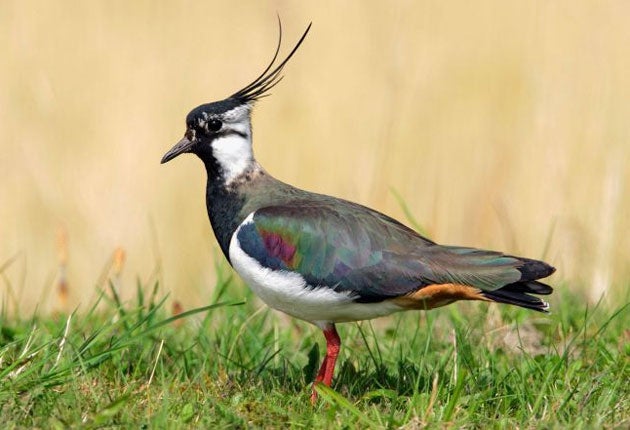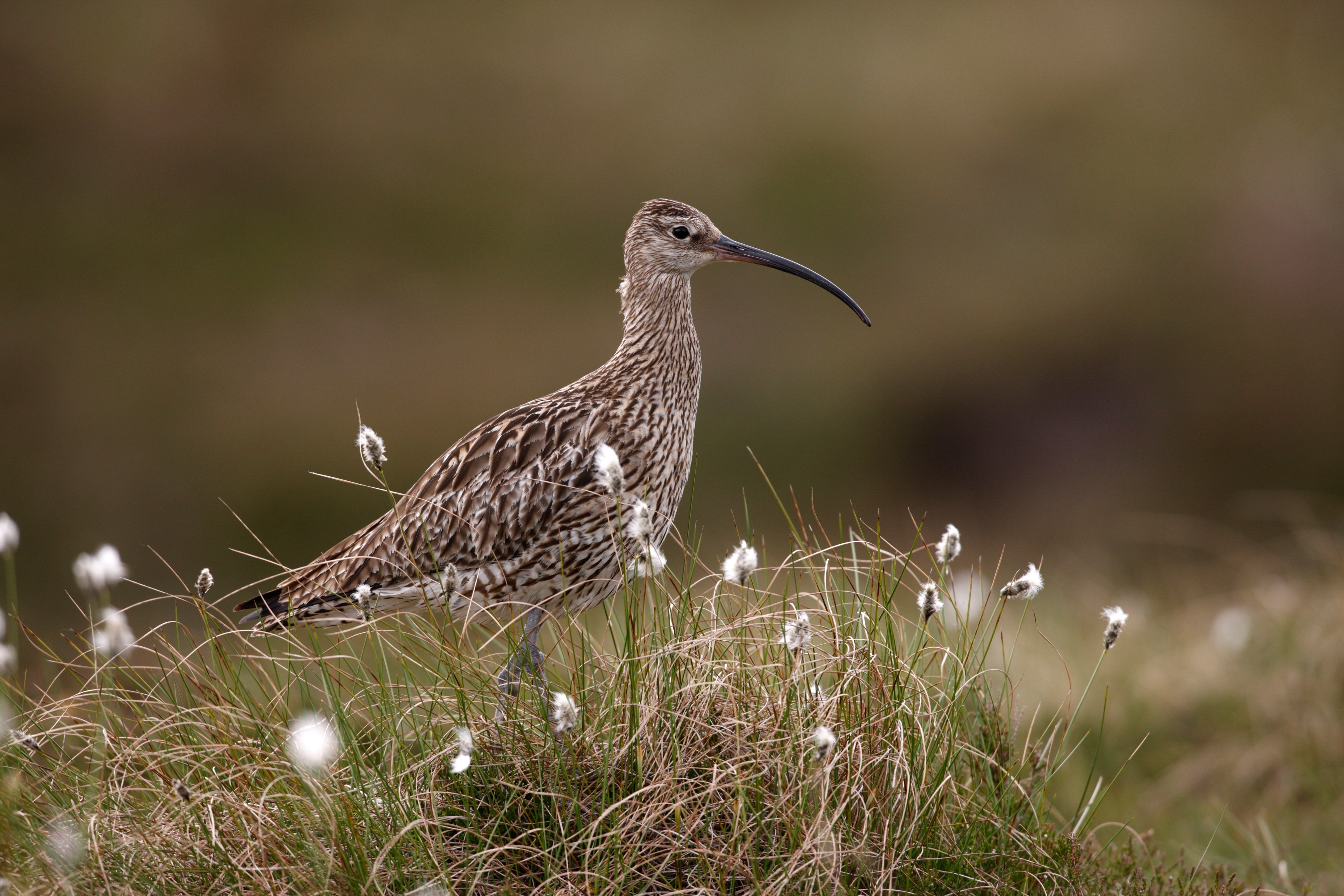New report warns of dramatic fall of wading bird populations in the UK
Birds such as the redshank, curlew and lapwing are down 50 per cent

Your support helps us to tell the story
From reproductive rights to climate change to Big Tech, The Independent is on the ground when the story is developing. Whether it's investigating the financials of Elon Musk's pro-Trump PAC or producing our latest documentary, 'The A Word', which shines a light on the American women fighting for reproductive rights, we know how important it is to parse out the facts from the messaging.
At such a critical moment in US history, we need reporters on the ground. Your donation allows us to keep sending journalists to speak to both sides of the story.
The Independent is trusted by Americans across the entire political spectrum. And unlike many other quality news outlets, we choose not to lock Americans out of our reporting and analysis with paywalls. We believe quality journalism should be available to everyone, paid for by those who can afford it.
Your support makes all the difference.Many species of waders, named because they hunt for food on the shorelines of the country’s lakes and rivers, are continuing to struggle, according to scientists in the latest Breeding Bird Survey (BBS) report. Birds such as the redshank, curlew and lapwing are down by almost 50 per cent, the common sandpiper down by 28 per cent, and the oystercatcher by 22 per cent in the last 25 years.
New forestry in important breeding areas has removed open landscapes the waders need to nest, limiting the birds’ ability to raise chicks, as well as increasing their chances of being hunted by prey. For example, Lapwing birds nest in upland and lowland grasslands and moorlands, occupying the same space as spring-sown crops. Oystercatchers breed both inland and on the coast and research suggests that they could be negatively affected by shellfish harvesting at some UK coastal sites.
The new report involved 2,500 volunteer birdwatchers surveying 4,000 sites across the UK and feeding back information on 118 different species.

“We’ve been overwhelmed by the support of BBS volunteers across the UK in 2001,” said Sarah Harris, BBS organiser at the British Trust for Ornithology (BTO). “Following the challenges faced due to the Covid-19 pandemic, it was fantastic to see the survey coverage bounce back in 2021, allowing UK population trends to be calculated once again.”
The report not only records population levels of wading birds but uses data to predict how their numbers will be affected by varying types of land use, in an attempt to find a balance between providing enough food for humans whilst protecting bird species. Researchers have said that some land management policies could give the birds a breeding boost, including water level control, sensitive planning for woodland and forestry, the creation of wet areas and less grassland mowing.
Simon Wotton, senior conservation scientist for the Royal Society for the Protection of Birds (RSPB), said that “whilst the results are sobering, the BBS results highlight the need for good data” that feed into national assessments, which then allows “nature organisations and governmental bodies to identify which species should urgently be prioritised for action”.

Despite the stark warnings for wading birds, the study did reveal that 39 species had statistically significant long-term increases in the UK. In the last 25 years, red kites are up 1,935 per cent whilst little egret numbers are up 2,380 per cent.
Paul Woodcock, from the Joint Nature Conservation Committee (JNCC), added that data from sources such as BBS are key in “highlighting the impact that land-use decisions can have on nature conservation efforts”.
The BBS report is funded by the RSPB, the BTO and the JNCC.
Join our commenting forum
Join thought-provoking conversations, follow other Independent readers and see their replies
Comments